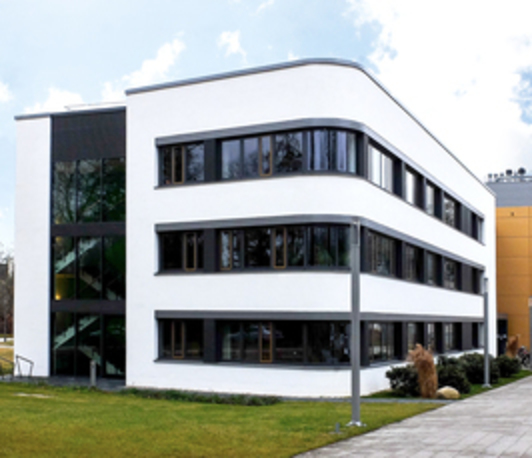Probing Electronic Structure and Magnetism in Low Dimensionality - An Experimental Approach
- PC Department Seminar
- Date: Nov 3, 2022
- Time: 11:00 AM (Local Time Germany)
- Speaker: Alessandro De Vita
- Università degli studi di Milano - CNR Istituto Officina dei Materiali
- Location: Building G
- Room: Seminar Room 2.06
- Host: Tommaso Pincelli

Compared to 3D materials with isotropic bonding, highly anisotropic crystals, where atoms are strongly bonded in two-dimensional planes but with a weak interlayer coupling, have been harnessed as a way to tune and control electronic and magnetic behaviour.
By means of energy, angle and spin-resolved photoemission spectroscopy and X-ray absorption spectroscopy, in my experimental activity I study the properties of layered systems with low dimensionality, where electronic states are partially confined without resorting to truly 2D structures. In first instance, I focused on the antiferromagnetic topological insulator EuSn2P2. I ascertained that topology and magnetism coexist in a layer-dependent fashion, and I also revealed the coexistence of in-plane long-range magnetic order and termination-derived topological surface states; the interplay between the two is a prerequisite for exotic quantum phenomena and raises EuSn2P2 as an axion insulator candidate. Secondly, I investigated the ground state electronic properties of transition-metal iodides CrI3 and VI3. These materials belong to the class of two-dimensional van der Waals magnetic semiconductors, which hold promise for novel ’few-layers’ functionalities. I carried out a complete determination of CrI3 and VI3 electronic ground states, showing that the transition metal-induced orbital filling drives the stabilization of distinct electronic phases; moreover, different valence states at the surface and in the bulk suggest that ground state electronic properties are strongly influenced by dimensionality. In particular, the measurement of V magnetic moment highlights the quasi-2D nature of this crystal. The natural progression of these studies will be directed towards the non-equilibrium properties and the ultrafast dynamics of the electron and spin systems, in order to disentangle the contributions of the fundamental interactions competing for the realization of the ground state.